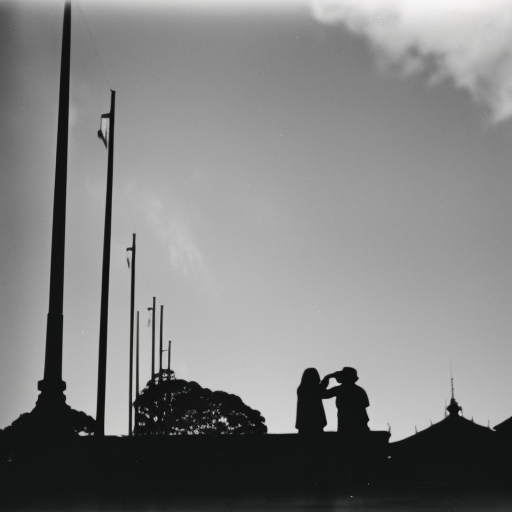Summary: The 22nd Biennale of Sydney, titled NIRIN, was an international contemporary art exhibition held in 2020. Curated by Indigenous Australian artist Brook Andrew, the Biennale aimed to challenge dominant narratives and explore diverse perspectives. Featuring the works of over 100 artists from around the world, NIRIN addressed themes of colonialism, climate change, and social justice, providing a platform for marginalized voices and alternative histories.
Introduction
The 22nd Biennale of Sydney, titled NIRIN, took place from March to June 2020. Curated by Indigenous Australian artist Brook Andrew, the Biennale aimed to disrupt conventional narratives and present a more inclusive and diverse perspective on contemporary art.
NIRIN: Meaning and Concept
The word “NIRIN” comes from the Wiradjuri language of the Indigenous people of central New South Wales, Australia. It means “edge” and signifies the Biennale’s focus on exploring the boundaries and intersections of art, culture, and society. NIRIN sought to challenge the dominant narratives and power structures that have shaped the art world.
Themes and Topics
NIRIN addressed a range of themes, including colonialism, climate change, social justice, and the representation of marginalized communities. The exhibition aimed to provide a platform for artists whose voices have been historically marginalized or excluded.
Artists and Artworks
The Biennale featured the works of over 100 artists from around the world, including many Indigenous and First Nations artists. Each artist brought their unique perspective and artistic practice to the exhibition, contributing to a diverse and thought-provoking collection of artworks.
Some notable artists and artworks included Tony Albert’s “Visible,” which explored the representation of Aboriginal people in popular culture, and Zanele Muholi’s powerful photographic portraits highlighting the experiences of LGBTQ+ individuals in South Africa. Other artists, such as Yarrenyty Arltere Artists, focused on the intersection of art and social activism, addressing issues of housing and community in Alice Springs.
Exhibition Spaces
NIRIN utilized various exhibition spaces throughout Sydney, including the Art Gallery of New South Wales, the Museum of Contemporary Art Australia, and Cockatoo Island. These diverse locations allowed for a range of artistic experiences, from traditional gallery spaces to outdoor installations.
Public Programs and Events
In addition to the artworks on display, NIRIN featured an extensive program of public events, including artist talks, performances, and workshops. These events provided opportunities for visitors to engage directly with the artists and their work, fostering dialogue and understanding.
Impact and Reception
The 22nd Biennale of Sydney received widespread acclaim for its thought-provoking and inclusive approach to contemporary art. The exhibition challenged established norms and provided a platform for marginalized voices, contributing to ongoing discussions around representation, social justice, and decolonization.
Conclusion
The 22nd Biennale of Sydney, NIRIN, curated by Brook Andrew, successfully presented a diverse and inclusive perspective on contemporary art. Through its exploration of themes such as colonialism, climate change, and social justice, the exhibition challenged dominant narratives and provided a platform for marginalized voices. The artworks and public programs engaged visitors in meaningful dialogue and contributed to ongoing discussions around representation and decolonization in the art world.












